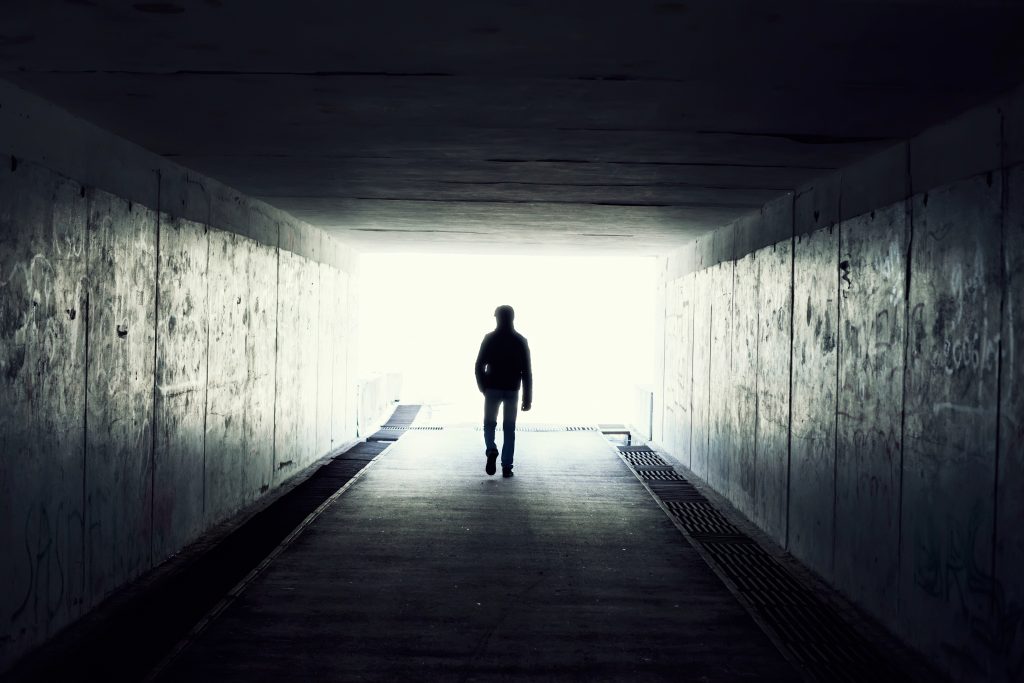
What if death wasn’t the end, but the beginning of the most intense, love-drenched, brain-wrenching experience of your life? For some people, that’s not a hypothetical—it’s their actuality. Near-death experiences (NDEs) aren’t only the domain of mystic memoirs; they’re being research in hospitals, discussed by neuroscientists, and whispered about in hospice beds. And they’re transforming lives in ways that can’t be neatly categorized under “hallucination” or “dream.”
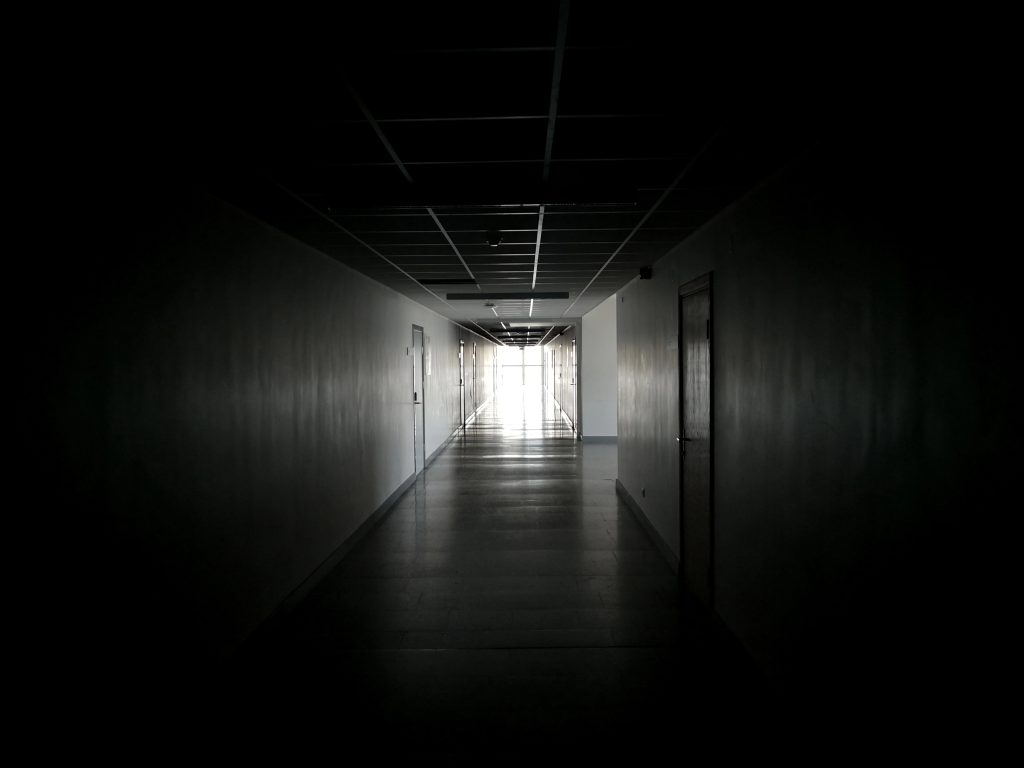
Canadian nurse Julia Evans is an example. A single allergic reaction, one incorrect injection, and two stopped hearts later, she came back with tales of a “blacker than black” emptiness, a light that emanated unadulterated self-love, and the strange feeling that she could see everyone’s family tree in the ICU. Her story is one researchers have heard in thousands of cases around the world—yet also one that resists easy explanation.
From groundbreaking EEG research to millennia-old spiritual archetypes, these are the most intriguing, spine-tingling, and mind-bending revelations from individuals who have ventured beyond the veil and returned to share their experiences.
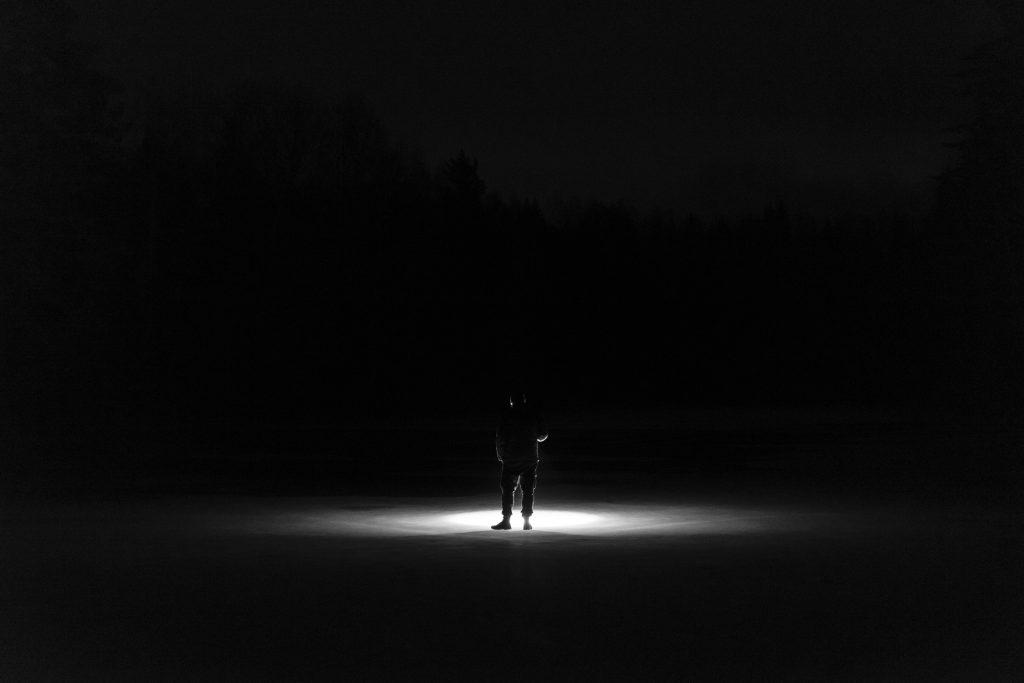
1. The ‘Void’ Isn’t Always Hellish
Julia’s initial destination after her heart stopped beating was “blacker than black” and completely empty—though not scary. Researchers refer to this as the void, a condition in both positive and negative NDEs. In other reports, it’s a state of extreme loneliness; in others, such as Julia’s, it’s a sort of blank awareness in which consciousness is present. For NDE researcher Bruce Greyson, these experiences discredit the idea that darkness is automatically torment, and propose that it can be a realm for intense emotional release.

2. Encounters With the Departed Feel Tangibly Real
When Julia heard her mother’s voice—so clear as if she stood next to her—it was one of the most frequent things experiencers say encounters with deceased loved ones, friends, or even their pets. In a systematic analysis, such reunions were among the most frequent spiritual aspects, frequently involving people the experiencer was not familiar with during life but later recognized through relatives. The emotional effect is profound, with most reporting a new sense of connection that reconstructs their bereavement.

3. The Light Is Beyond Words
Julia’s second return introduced her into light so real and full of love that she swears “there is no human word to describe it.” This is consistent with large-scale research in which as many as 70% of NDErs describe being enveloped in light, frequently accompanied by feelings of peace or joy. Others understand it through religious symbolism—Jesus, Buddha, or other divinities—and others simply refer to it as “home.” Neuroscientists point out that even if the cause is physiological, the profound emotional nature of transformation cannot be denied.
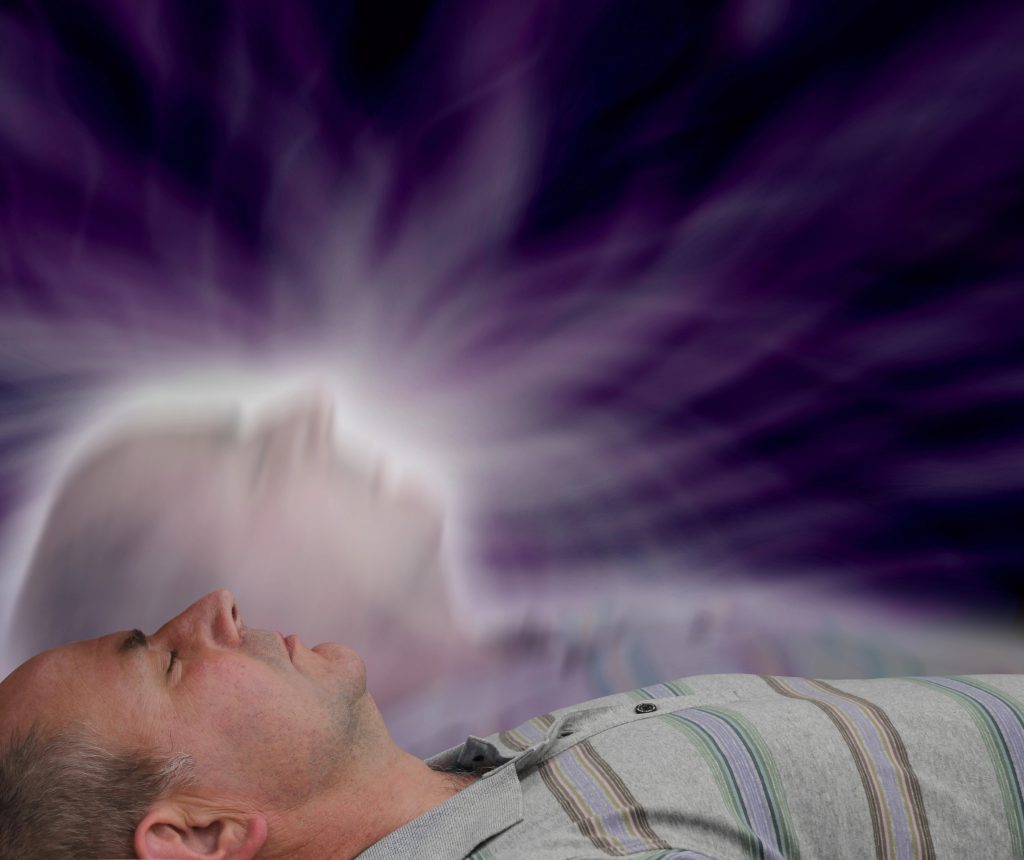
4. Out-of-Body Perspectives Can Be Oddly Verifiable
Floating two feet above her own body, Julia viewed the frantic activity in the ICU, down to the faces and movements of staff. OBEs like this are a characteristic of NDEs and, in others, details have been verified by observers. The AWARE-II study even tried to test unconscious perception during CPR and found that some patients remembered sounds or visual stimuli accurately while clinically dead.

5. Not All NDEs Are Blissful
Although most NDEs are characterized as pleasant, 1–2% are unpleasant. These may be an inverse experience (where the light becomes threatening), a negative space filled with desperation, or outright hellish scenery. Nancy Evans Bush and Bruce Greyson have published such instances, pointing out that “no evidence supports the conventional assumption that ‘good’ people get pleasant NDEs and ‘bad’ people have distressing ones.” Varying responses include radical change of life to decades of quiet struggle.
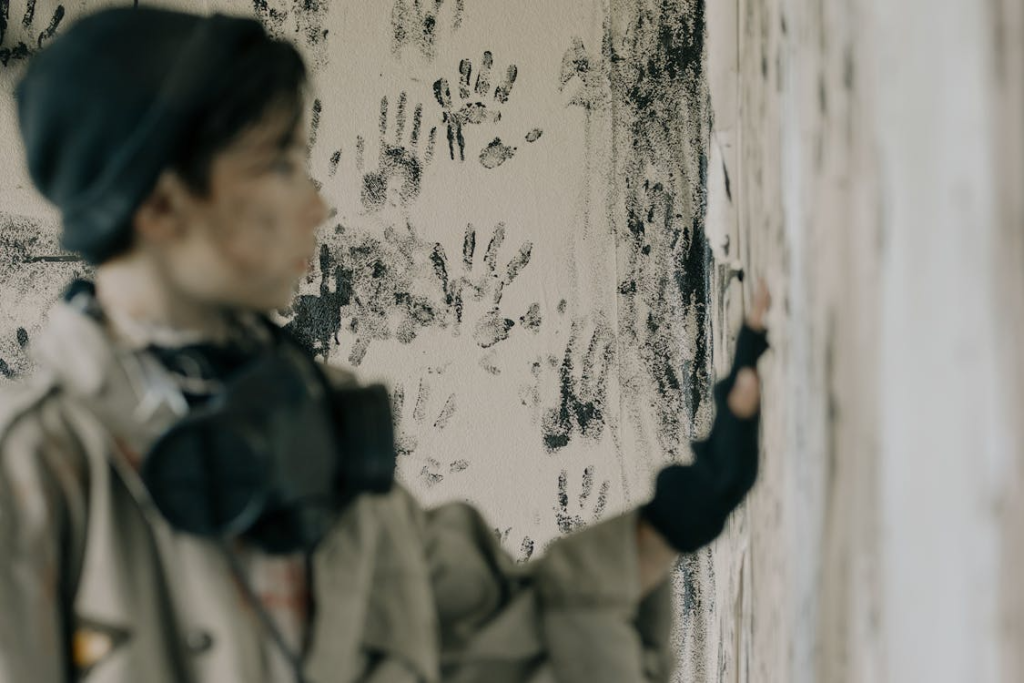
6. The Aftereffects May Last a Lifetime
Blissful or terrifying, NDEs tend to ignite deep, lasting changes. Research indicates changes in social attitudes, increased compassion, decreased fear of death, and an appetite for meaning. Julia reported feeling “light” inside and outside herself, aware of the interconnectedness of all people she encountered. For some, the changes put a strain on relationships for others, they lead to new vocations, spiritual pursuits, or activism.

7. Science Is Taking the Mystery Seriously
From EEG spikes during CPR to cross-cultural comparisons, scientists are leaving behind the rejection of NDEs as simple hallucinations. Dr. Sam Parnia’s research has pinpointed brain activity patterns and biomarkers associated with consciousness during cardiac arrest, while the University of Virginia’s Division of Perceptual Studies continues the investigation into mind–brain relations. As Parnia describes it, these are “real experiences that emerge when you die,” and investigation into them could shed light on the nature of consciousness itself.
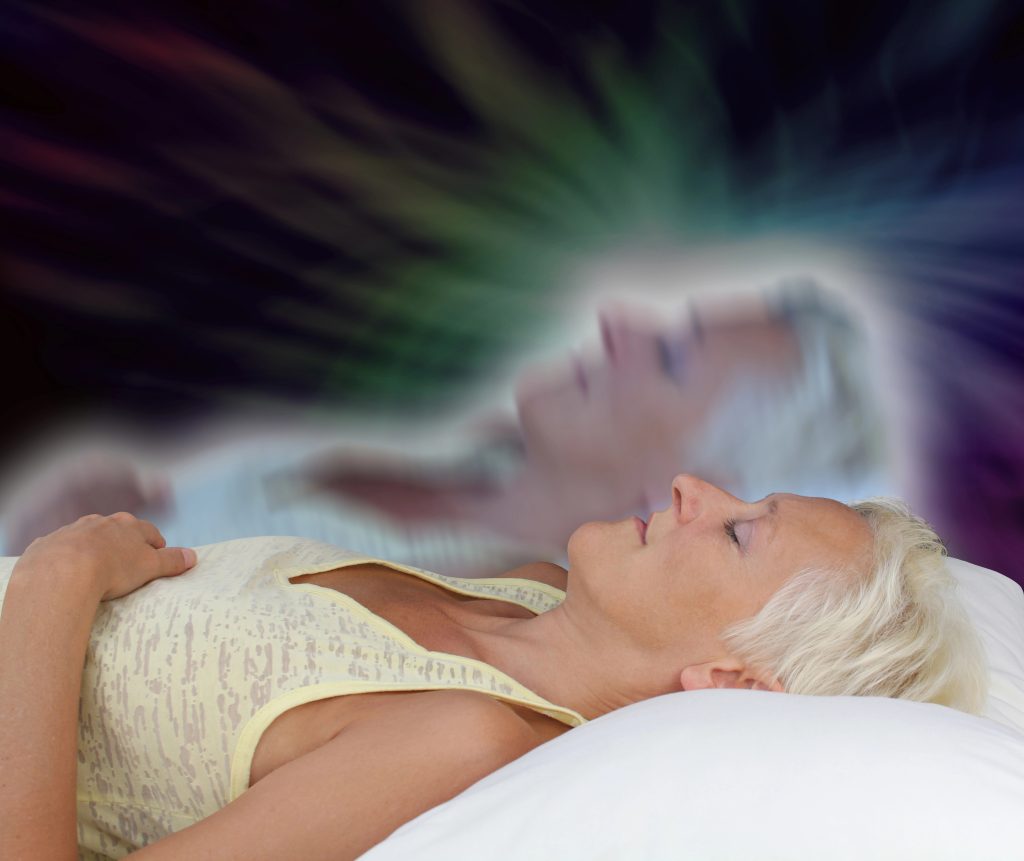
Near-death experiences sit at the crossroads of science, spirituality, and the deeply personal. Whether seen as glimpses of an afterlife, brain-generated visions, or something in between, they leave an indelible mark on those who live them—and on the rest of us who listen. Julia’s story, and thousands like it, invite a bigger question not just what happens when we die, but how the encounter with death can teach us to live more fully.


